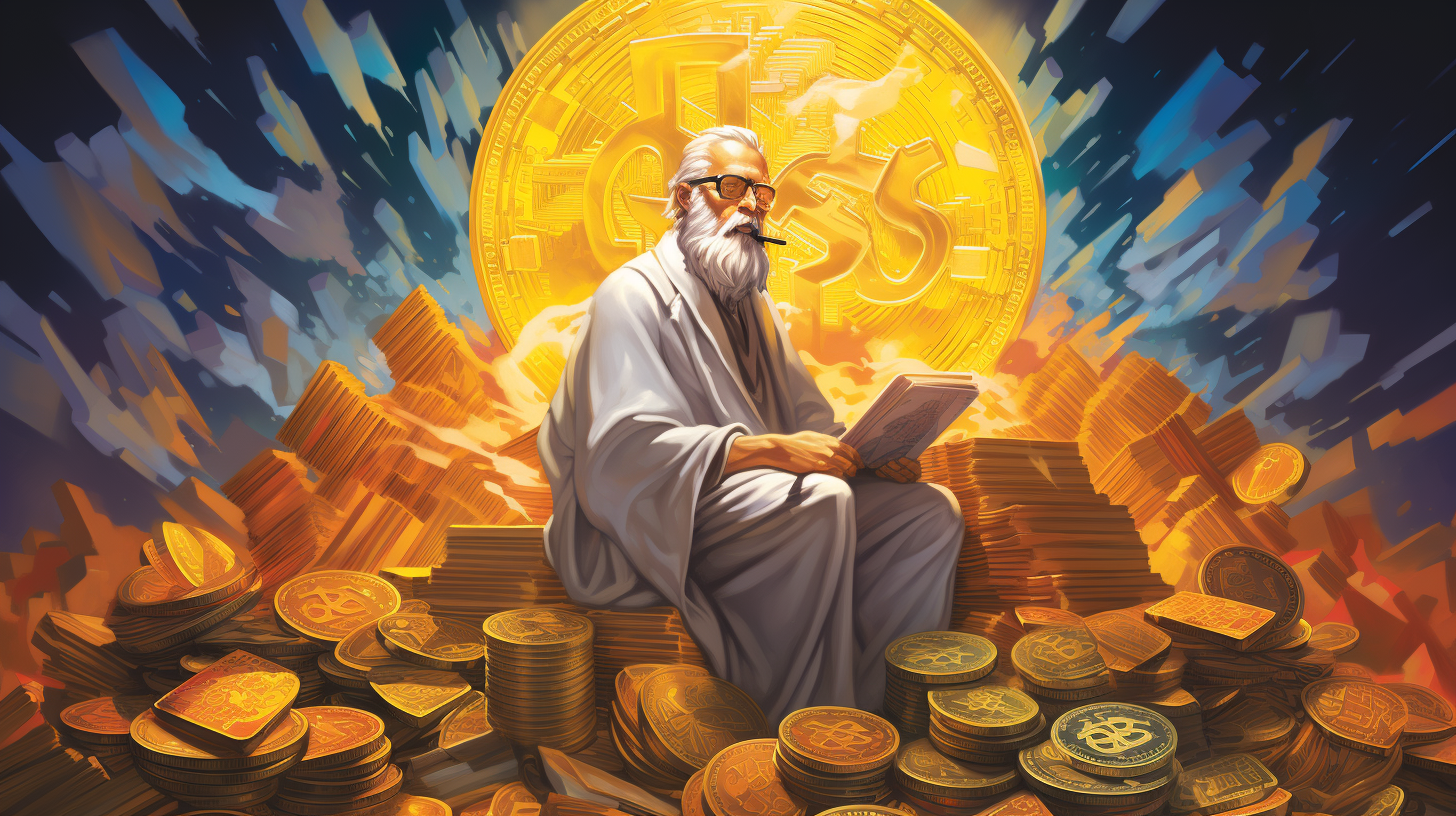In the flourishing vistas of digital media, the intrinsic relationship between art and commerce continues to evolve at a dizzying pace. Where patrons of the Renaissance era bolstered the careers of now-iconic artists like Da Vinci and Michelangelo, today’s creative mavens find themselves in the embrace of a new benefactor: cryptocurrency. But is this digital currency truly the modern equivalent of a Medici for the 21st-century artist? Let’s dive into the digital brushstrokes that paint a complex picture.
The Democratization of Patronage
The patronage system, once reserved for the wealthy elite, is undergoing a radical transformation. Cryptocurrencies and blockchain have flung the doors wide open, allowing anyone with an internet connection and digital wallet to support artists directly. This democratic approach has empowered artists from all walks of life, spurring a burgeoning wave of innovation and diversity within the art world.
NFTs: The Next Frontier for Artists
Hot on the heels of this democratization comes the phenomenon of Non-Fungible Tokens (NFTs). These unique digital assets, powered by blockchain technology, serve as certificates of ownership for virtual or physical artwork. Artists have quickly recognized NFTs as a means to gain rightful recognition and remuneration for their creations. Our previous coverage on ‘The Digital Renaissance’ detailed this seismic shift, where artists leverage NFTs to connect directly with admirers and collectors sans traditional gatekeepers.
Smart Contracts = Smarter Earnings?
Herein lies the technicolor promise of crypto for artists: smart contracts. These self-executing contracts with the terms directly written into code not only facilitate sales but can also guarantee royalties from secondary market sales. This feature creates a continuous revenue stream for artists, revolutionizing how they earn and sustain their livelihoods.
The Crypto Canvas – A Mixed Palette
Yet, with all of this potential, there are shades of complexity. Cryptocurrencies are notorious for their volatility, and the art market is not immune to these fluctuations. Artists, now becoming inextricable from these economic waves, must navigate this new financial seascape with care. The constant ebb and flow of cryptocurrency values can mean a feast-or-famine scenario for some artists.
Challenges on a Cryptic Horizon
Furthermore, despite the allure of unfettered creative commerce, challenges persist. Issues like energy consumption, copyright infringement, and the ever-present specter of market saturation loom large. Solutions are evolving, but the path ahead is complex and undeniably steeped in technological uncertainties.
Conclusion: A New Renaissance or a Digital Mirage?
In conclusion, cryptocurrencies and NFTs indeed offer an innovative platform for artists to showcase and monetize their work, propelling us into a kind of New Renaissance. However, the brushstrokes of this movement are still wet, its canvas vast and brilliantly uncertain. Will cryptocurrencies continue to be the noble patrons of modern artists or will they become a volatile footnote in art history? Only time will paint the true picture.
